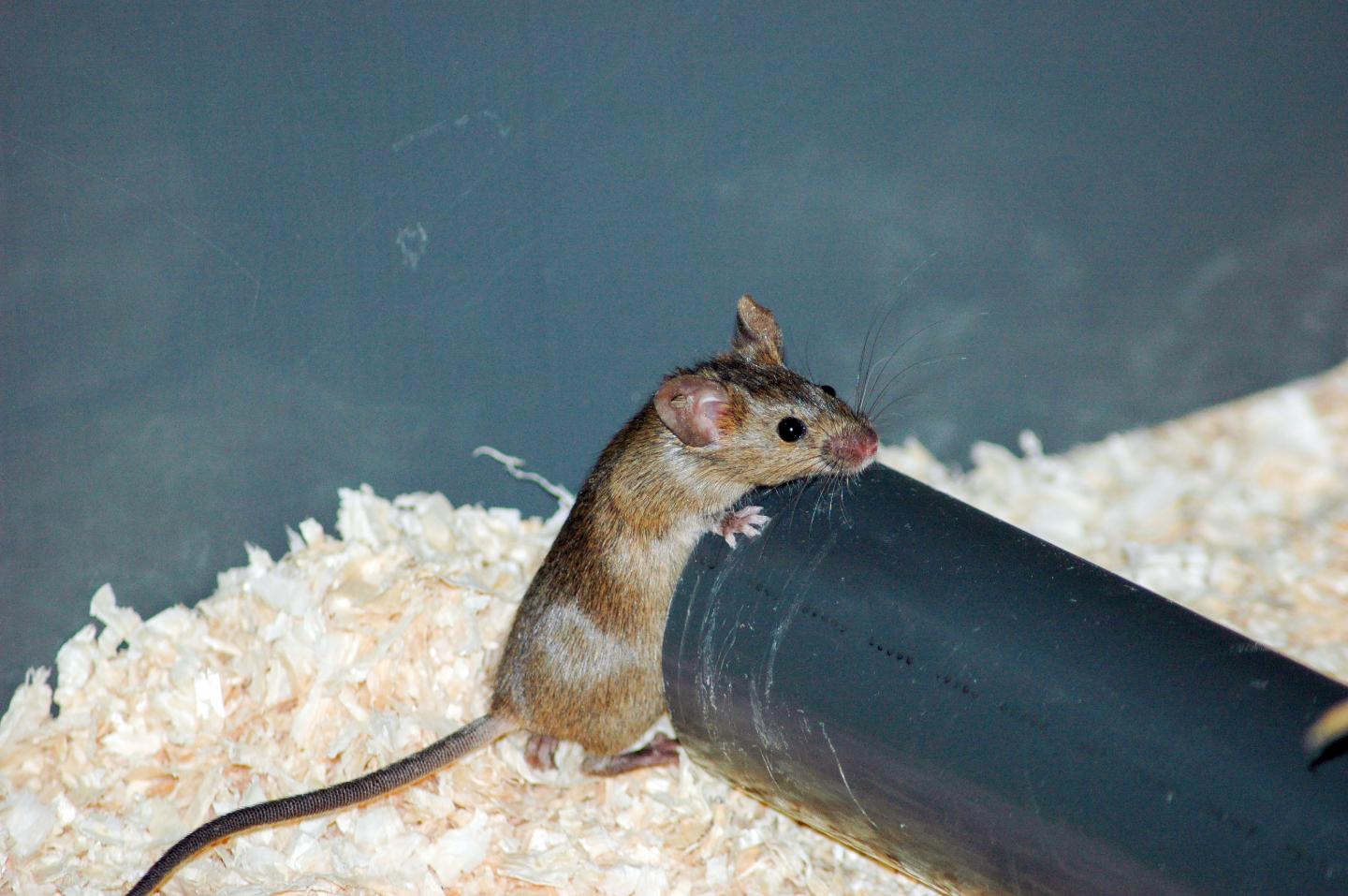The Independent's journalism is supported by our readers. When you purchase through links on our site, we may earn commission.
Mice can recognise 3D objects from memory of their 2D photos, study suggests
‘Picture-to-object equivalence’ has long been thought to be a cognitive function beyond rodents’ abilities

Your support helps us to tell the story
From reproductive rights to climate change to Big Tech, The Independent is on the ground when the story is developing. Whether it's investigating the financials of Elon Musk's pro-Trump PAC or producing our latest documentary, 'The A Word', which shines a light on the American women fighting for reproductive rights, we know how important it is to parse out the facts from the messaging.
At such a critical moment in US history, we need reporters on the ground. Your donation allows us to keep sending journalists to speak to both sides of the story.
The Independent is trusted by Americans across the entire political spectrum. And unlike many other quality news outlets, we choose not to lock Americans out of our reporting and analysis with paywalls. We believe quality journalism should be available to everyone, paid for by those who can afford it.
Your support makes all the difference.Mice may be able to perceive that a two-dimensional picture of an object corresponds to its three-dimensional physical form in the real world, according to a new study that suggests the rodents could serve as an “effective model organism” to investigate complex brain functions.
This ability to recognise a 3D object after viewing a photograph of that object, also known as “picture-to-object equivalence”, has long been thought to be a cognitive function exclusive to higher-order species like primates and some birds – beyond the ability of rodents.
To test this long-held theory, scientists, including those from Florida Atlantic University in the US, allowed naïve mice to view photographs of an object during a sample session, and presented the mice the next day with a novel 3D object, and the actual 3D object viewed the day before in 2D.
The study, published earlier this month in the journal Scientific Reports, showed that the mice overwhelmingly preferred to explore the novel 3D object over the “familiar” 3D object.
Scientists said the mice may have employed higher-order thinking to associate the 3D item with the recalled memory of the 2D image.
They said the findings provide first-of-its-kind evidence that mice may be able to perform a cognitive task of picture-to-object equivalence similar to those used to test visual recognition memory in children and non-human primates.
The study also suggests that the mouse hippocampus – a primary component of the brain’s memory system – like that of humans, contributes significantly to the picture-to-object equivalence.
This kind of picture memory – required for such higher-order inference – depends upon neuronal activity in the CA1 region dorsal hippocampus, scientists say.
“Our study challenges the view that perceptual limitations of mice render them inappropriate for modelling human memory and visual processing and that familiarity-based recognition is independent of the hippocampus,” study senior author Robert W Stackman Jr from FAU said in a statement.
“Our findings also provide strong support that a functional mouse hippocampus is required for this form of nonspatial visual recognition memory and picture-object equivalence,” he added.
In primates, the hippocampus is thought to play a key role in what’s called “explicit memory”, which enables individuals to “replay a story” of a previous experience.
“We suggest that that ‘story’ enables one to recognise items learned in picture form when they are subsequently presented in 3D form. The mouse hippocampus likely encodes and consolidates the picture exploration as a ‘story’ of that experience or event, within a specific context as a form of explicit memory,” said Sarah J Cohen, another author of the study.
Scientists say the mice in the study exhibited picture-object equivalence capability regardless of object symmetry, likeness, viewing angle, composition, and image realism.
Even when the visual features, such as colour and luminance were controlled for, they said the mice could still generalise from 2D picture to 3D object.
“Results from a series of experiments provide strong evidence that picture-object equivalence extends to mice and is hippocampus-dependent, offering important support for the appropriateness of mice for investigating mechanisms of human cognition,” scientists wrote.
They say the rodents may be capable of advanced visual recognition and learn indirectly about actual objects by viewing images, with the hippocampus likely playing a role in retrieving the memory of the picture explored during the sample session.
“Mice can make perceptual and conceptual judgments about presented task stimuli, which is surprising given that picture-object equivalence has been considered a defining capacity of primates,” Dr Stackman said.
“Taken together, our results provide convincing evidence that the mouse may serve as an effective model organism to investigate higher-order sophisticated aspects of mammalian visual perception and recognition,” he added.
Join our commenting forum
Join thought-provoking conversations, follow other Independent readers and see their replies
Comments